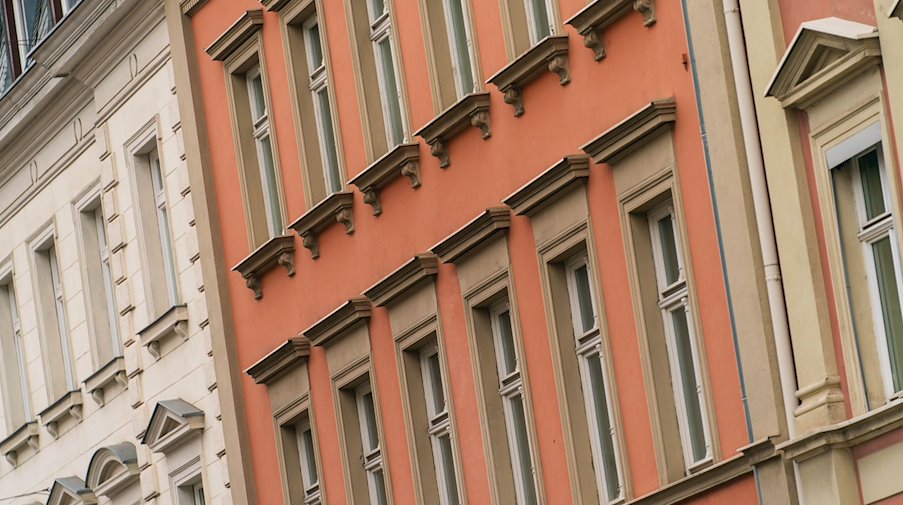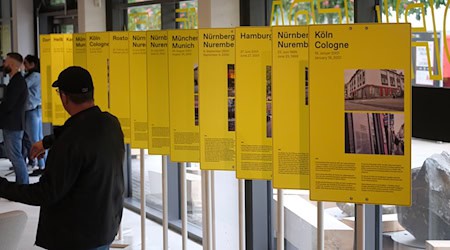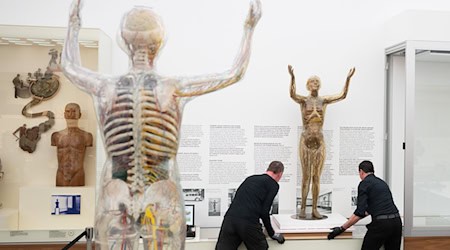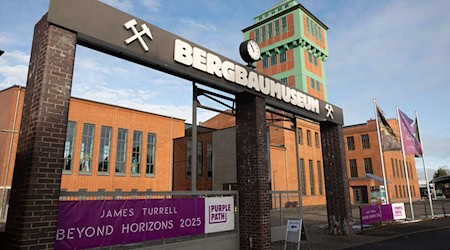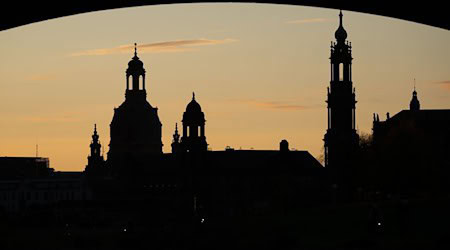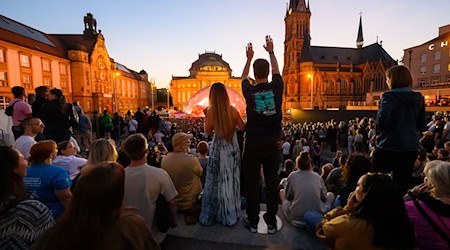Not much is left of what is probably the oldest chair in Saxony: a few bony wooden parts of the backrest are draped in a display case. They were recovered by archaeologists from a waste pit in Zwickau and are dated to around the 13th century. "Furniture has not usually been preserved because wood rots over the centuries," explains Sabine Wolfram, director of the State Museum of Archaeology in Chemnitz. Nevertheless, the museum has set out to take a look through the keyhole into the living world of earlier times and cultures with a special exhibition. The new show opens this Friday for visitors.
Dwelling began when the first people no longer spent the night outdoors, but in caves for protection from wild animals, as Wolfram explains. In addition to protection, other functions such as warmth, food preparation, storage of supplies and hygiene and personal hygiene were added later. The show traces these and other topics with around 450 exhibits - some with prominent reference.
There is, for example, a porcelain chamber pot decorated with roses, which Napoleon and later Kaiser Wilhelm I are said to have used. Or a kitchen chair, built by Walter Ulbricht - a skilled carpenter and later chairman of the GDR's Council of State. A mobile cooking unit complete with pot, pan and grill from ancient Greece has made an elaborate journey. According to information, it was brought from the island of Delos under police protection, first by ferry from island to island and then by plane and truck to Chemnitz. Also shown are rental contracts, as they were already written in antiquity on papyrus or parchment, as well as the model of a Mongolian residential yurt.
On the basis of originals, models and replicas, the museum illuminates eight thematic areas around living and shows how it has changed over time. For example, the toilet in ancient Rome was not a quiet place. Urban dwellings did not have their own toilets, so the big business was done in public latrines, which were also places of exchange, as the show illustrates. And sitting on cushioned recliners was long reserved for kings and deities - the people sat on the floor or simple stools.
The "Home Sweet Home" exhibition doesn't stop in the past, but also bridges to contemporary housing issues such as scarce living space in large cities, high living costs and climate change. "It's not until you lose your home that you realize how important your own home is," Wolfram states. "It offers protection, warmth, a place to store one's belongings and the opportunity to sleep undisturbed." The museum does not spare the fact that not all people are granted this, and to this end it is showing a neon sculpture by artist Fanny Allié entitled "The Glowing Homeless."
The exhibition can be seen in Chemnitz until April 28, 2024.
Copyright 2023, dpa (www.dpa.de). All rights reserved

